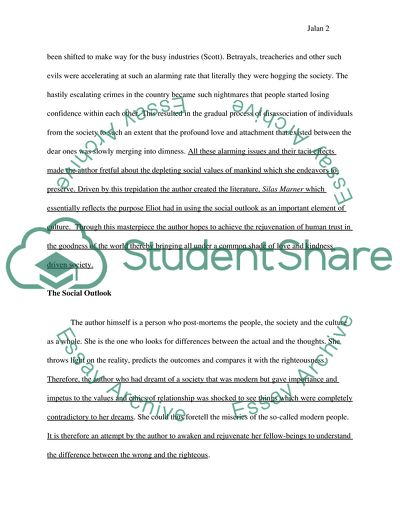Cite this document
(Cultural View of George Eliot in Silas Marner Essay, n.d.)
Cultural View of George Eliot in Silas Marner Essay. https://studentshare.org/literature/1706179-george-eliot-silas-marner
Cultural View of George Eliot in Silas Marner Essay. https://studentshare.org/literature/1706179-george-eliot-silas-marner
(Cultural View of George Eliot in Silas Marner Essay)
Cultural View of George Eliot in Silas Marner Essay. https://studentshare.org/literature/1706179-george-eliot-silas-marner.
Cultural View of George Eliot in Silas Marner Essay. https://studentshare.org/literature/1706179-george-eliot-silas-marner.
“Cultural View of George Eliot in Silas Marner Essay”. https://studentshare.org/literature/1706179-george-eliot-silas-marner.


